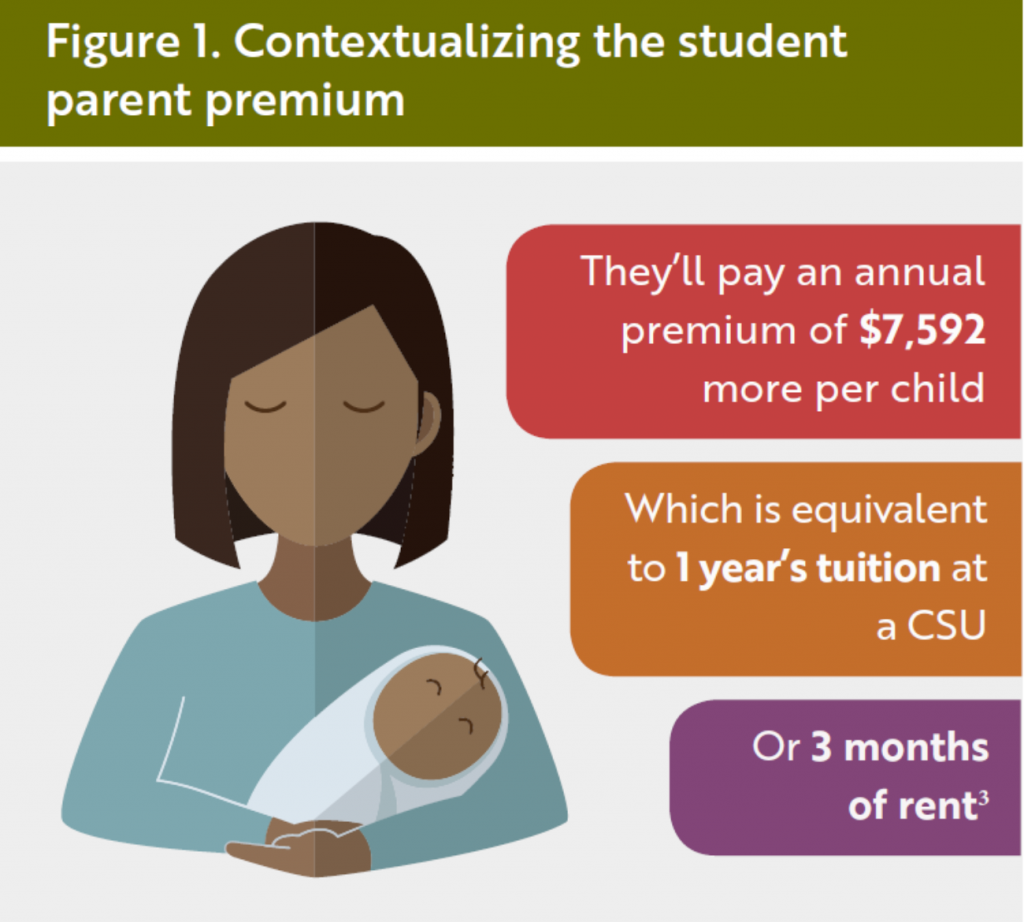For the hundreds of thousands of student parents1 in California juggling work, family, and academic obligations, not being able to afford college tends to be the biggest barrier to completing postsecondary education.2

To adequately plan for college, student parents need accurate estimates of their total cost, including tuition and fees, room and board, books and supplies, and transportation, as well as the additional expenses related to parenting. Colleges and universities across the country have adopted net price calculators to help students get a better idea of what to expect. However, these estimates fail to transparently account for the additional costs associated with parenting for low-income individuals.
key findings
- Net price calculators underestimate costs for low-income student parents
- Student parents face high costs in all regions of California
- Student parents pay more to attend a community college compared to a four-year institution
- Increasing net price calculators’ transparency and publicizing alternative financing options could improve affordability
This brief describes the shortcomings of net price calculators for student parents in California and proposes an improved model that would account for additional costs associated with childcare and food.
- Institute for Women’s Policy Research. (2019). Investing in Single Mothers’ Higher Education in California: Costs and Benefits to Individuals, Families, and Society. Retrieved from https://iwpr.org/wp-content/uploads/2019/12/California.pdf
- Young Invincibles. (2018). Today’s student: Student parents in California. Retrieved from https://younginvincibles.org/wp-content/uploads/2018/11/LuminaFactsheets_California_StudentParents.pdf
- Average rent for a 1-bedroom apartment in California is nearly $2,500. Retrieved from https://www.homesnacks.net/cit… on 12/23/2019